Cell-free Protein Synthesis
/In the Central Dogma of molecular biology, DNA encodes blueprints, RNA transcribes the blueprints and carries them outside the nucleus, and proteins are build from blueprints. This general format is found in all life. For this process to occur, a few more molecules are needed. Specifically, RNA polymerase is needed to convert DNA to RNA, ribosomes are needed to convert RNA to protein, 4 ribonucleotides are needed as the building blocks of RNA, 20 amino acids are needed as the building blocks of protein, tRNA are needed to translate RNA to protein, and all these machines need ATP as an energy source. Aside from those components, no other part of a cell is needed to create protein from DNA. Removing the rest of the cell creates a simplified environment ideal for studying transcription (DNA to RNA) and translation (RNA to protein). In the image DNA is being transcribed by a polymerase. The resulting mRNA is being translated by a ribosome into protein (green chain). This is all happening in vitro.
Cell-free systems were first used in the 1960s by Alfred Tissieres to study ribosomes and by Marshall Nirenberg and Heinrich Matthaei to break the amino acid code. These systems were raw extracts. Cells (usually E. coli) are broken open, lysed, by high pressure, chemicals, or sonication. The resulting slurry is centrifuged to remove large pieces of the membrane and chromosome, and the extract is ready.
The benefits of CFPS are greater control over the system, quicker design cycle times, and the ability to produce chemicals that may be toxic to cells. Now, CFPS research focuses on improving its weaknesses including increasing reaction times (up to 100 hours), increasing protein yields (up to 2.3 mg/mL), increasing reaction scale (up to 100L), lowering the cost of the energy source (14 times cheaper), and studying fundamental questions like incorporating unnatural amino acids (Michael Jewett Lab), testing genetic circuit designs (Richard Murray Lab), and studying noise in transcription and translation (my lab!).































